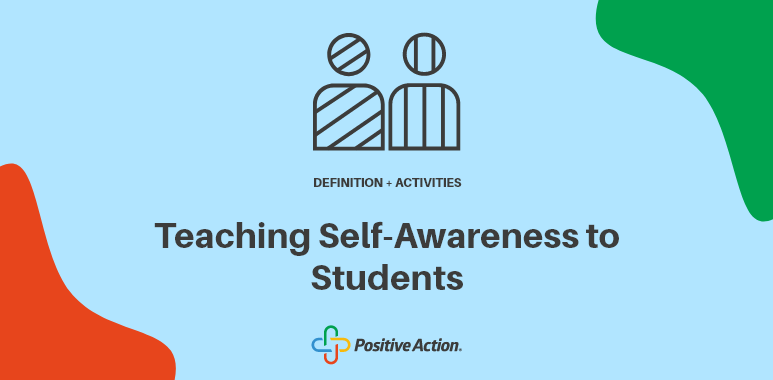How do I promote student reflection and critical thinking in my classroom? Involving students in the reflective process helps them think critically about the lessons that they have just learned. They should also be encouraged to reflect on the importance of the lesson. Here are a few strategies for teaching critical thinking:
Brainstorming
Students should participate in brainstorming sessions, especially if they’ve never thought about a solution for a problem before. By making brainstorming activities enjoyable, students can contribute their own ideas. Brainstorming can lead to a rich and diverse collection of creative solutions. Once the group brainstorms a problem, it’s time to rank the ideas. After the brainstorming session, students should make a final list of three to five possible solutions, and then assign each idea a score based on the criteria.
Classification
Students often experience disequilibrium when they are learning new concepts. Critical reflection is essential to assimilate this new information, but it takes time. To promote student reflection and critical thinking, educators can spark their curiosity through appropriate question prompts, activities, problems, and tasks. Below are some methods to encourage reflection and critical thinking in your classes. Let’s look at some of the most common ways to spark student curiosity.
Jigsawing
The concept of jigsawing is an engaging way to promote critical thinking and reflection in students. Students are split into groups of five or six, each of which learns about a different piece of the overall topic. Students can work in groups to identify key insights and research those topics. Each group presents its research and findings as a puzzle piece to the other group. This process promotes student autonomy and responsibility, as well as a deeper understanding of the topic at hand.
Exploring a concept from multiple perspectives
A powerful way to foster student reflection and critical thinking is to introduce multiple points of view on a topic. This strategy helps students broaden their perspective by demonstrating that an idea should be examined from many perspectives. This is especially effective for developing open-ended receptive thinking and fostering students’ ability to empathize with different points of view. Students can also practice this strategy by engaging in conversations with their peers and by reading various perspectives of the same topic.
Open-ended questions
Using open-ended questions to teach students is a great way to spark their curiosity and promote critical thinking. They are a great way to encourage student expression while addressing important concepts and procedures. Here are some tips to use open-ended questions in your classroom. Once you know how to ask a good question, you’ll find that your students’ ideas will be more insightful and relevant.

